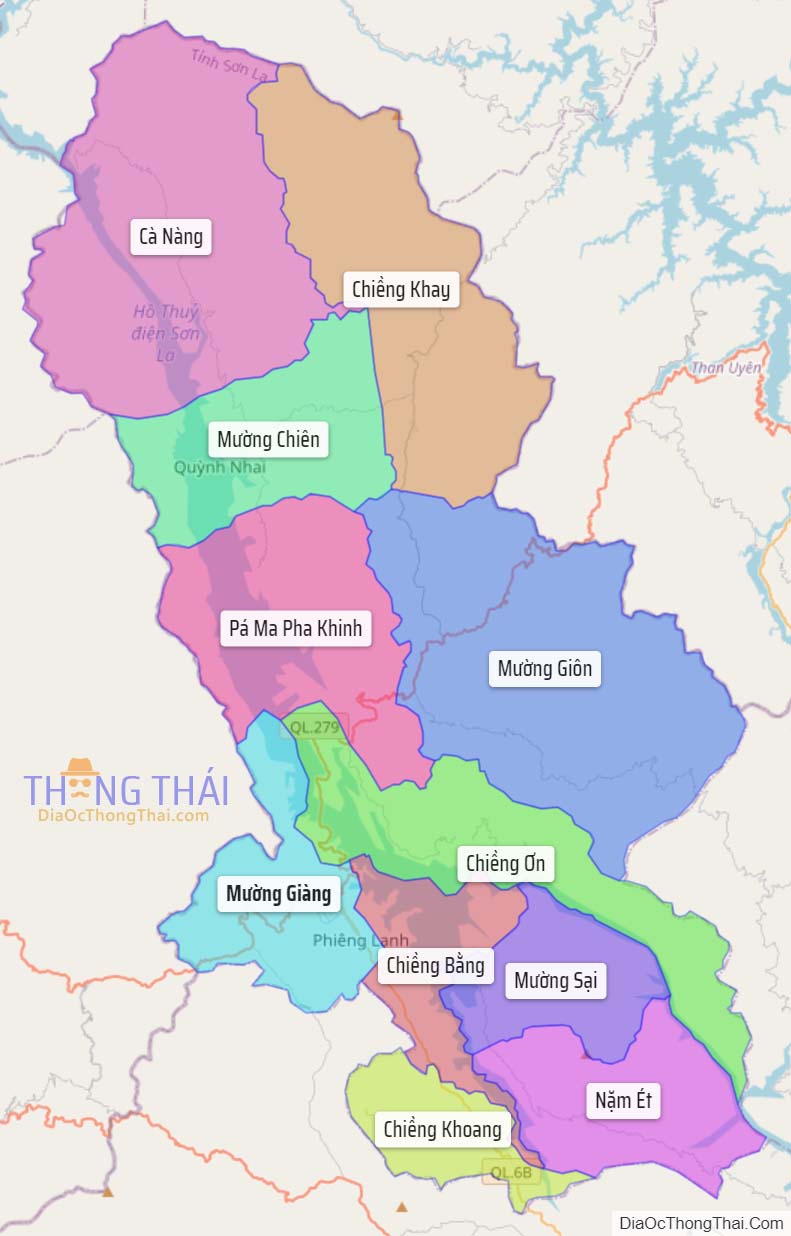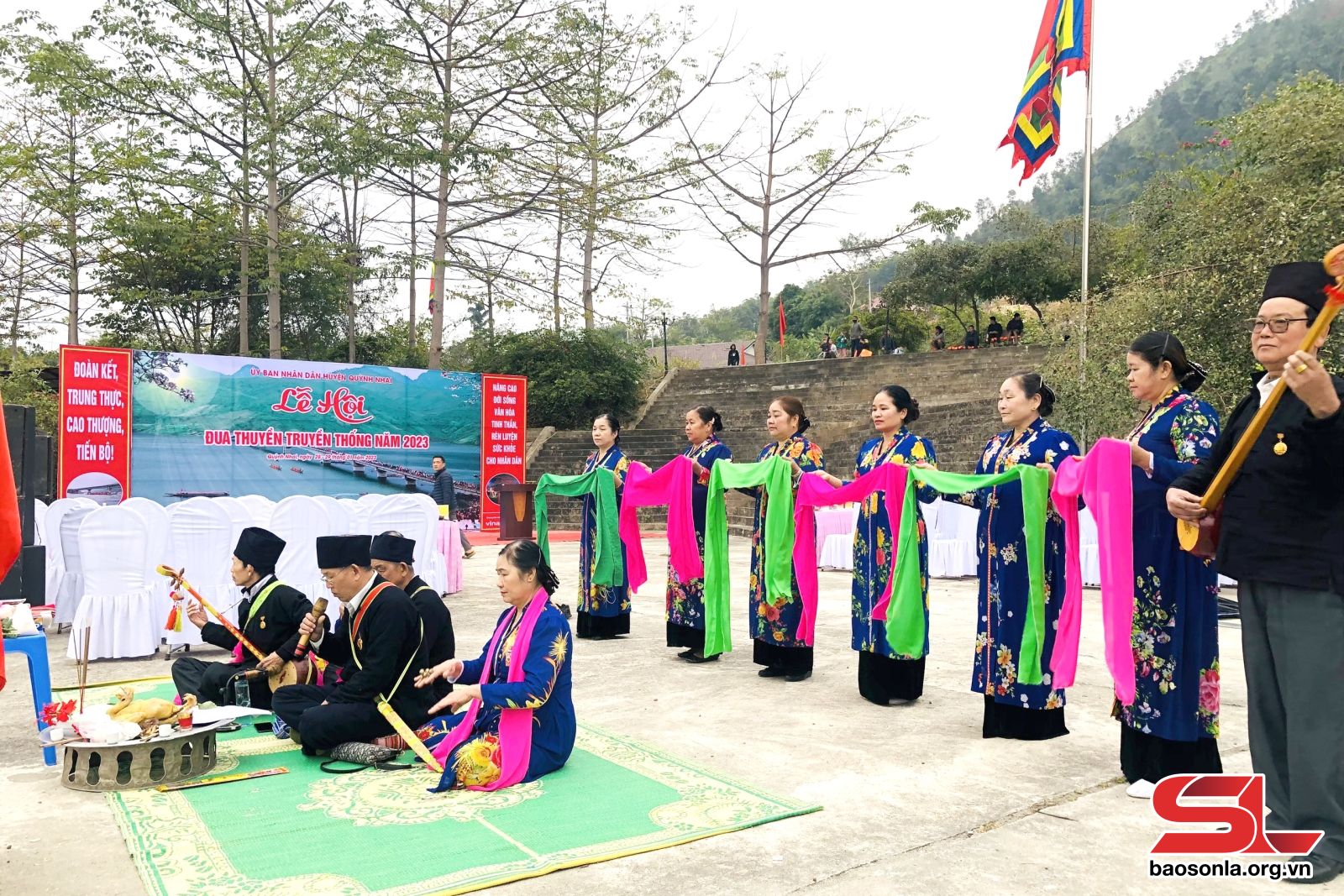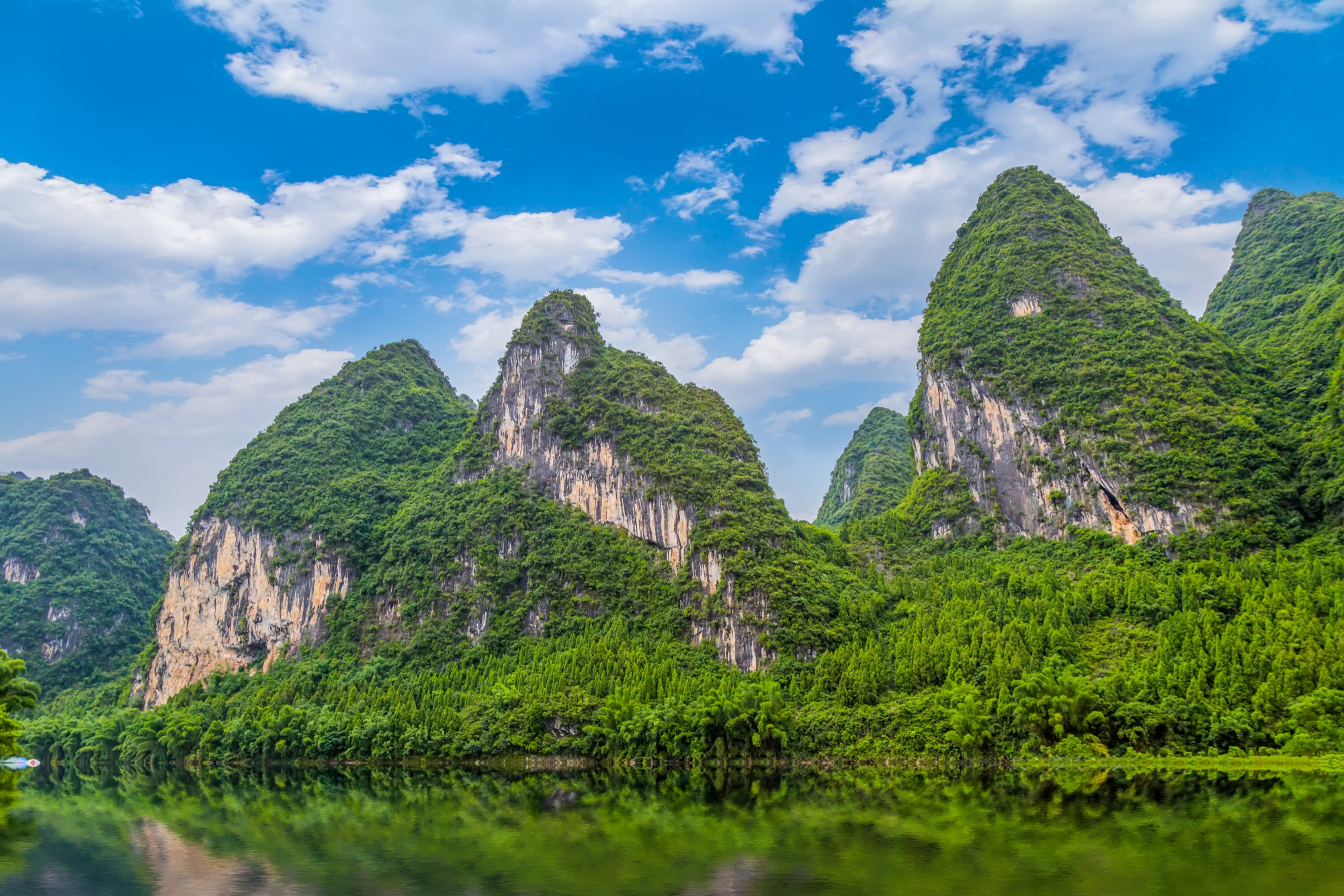Introducing Quynh Nhai
Quynh Nhai district is located in the northwest of Son La province, is a land with majestic natural scenery, rich culture, along with a long history of the typical Thai people here. Quynh Nhai district is surrounded by overlapping mountains, deep green forests and the poetic Da River, creating a beautiful and peaceful natural picture.
1. Geographical location and area
Quynh Nhai has a strategic location, located in the northwest of Son La province, about 60km from the center of Son La city. The district has a total area of about 1,050 km² with a terrain mainly hilly and river, is one of the major districts of Son La province.
To the north, it borders Thuan Chau and Sin Ho districts (Lai Chau).
To the south, it borders Muong La district.
To the east, it borders Son La city.
To the west, it borders Muong Lay district (Dien Bien).

2. Nature and climate
Quynh Nhai district has a typical climate of the Northwest region, with cold winters and cool and pleasant summers. Thanks to the diversity of terrain, this place has many attractive natural landscapes such as primeval mountains, waterfalls, and especially Son La hydropower lake, creating a large lake bed with extremely beautiful scenery.
Son La Hydropower Lake: This is one of the most attractive destinations of Quynh Nhai, not only because of the size of the lake but also because of the natural landscape surrounded by green mountains and quiet and unspoiled space.
Linh Son Thuy Tu Temple: Located right next to the hydropower lake, this sacred temple is not only a place of worship but also an attractive attraction for tourists.
3. Culture and people
Quynh Nhai is the main place inhabited by the Thai ethnic group, a community with a long history and rich culture. Thai culture here is expressed through traditional festivals such as the Shampoo Festival which takes place on the occasion of the Lunar New Year, xòe dances, tang bu and especially the dances Thai folk songs are gentle and heartfelt.
The people of Quynh Nhai are friendly, hospitable, and still maintain traditional values from generation to generation. Coming here, visitors will be immersed in peaceful villages, learn about typical Thai stilt houses, and participate in colorful cultural community activities.

4. Economic development and tourism potential
Quynh Nhai's economy is mainly based on agriculture and forestry, with key products such as tea, coffee, rice and fruit trees. In addition, the district also has great potential in developing ecotourism and cultural tourism. The bed of Son La hydropower reservoir with its pristine beauty has become a new destination for those who love to explore and seek peace from nature.
Quynh Nhai is also gradually investing in transport infrastructure and tourism services to attract tourists, while preserving traditional cultural values. The combination of majestic natural scenery, culture rich in identity and hospitality of the people here promises to make Quynh Nhai an attractive destination of the Northwest region.
5. Outstanding Places to Visit
Son La Hydropower Reservoir: An ideal place to explore by boat, see the mountains and participate in activities such as fishing, walking around small islands.
Pa Uon Bridge: The bridge with the largest height in Vietnam, crossing the Da River, is a symbol of the development and connection of Quynh Nhai.
Mu Village: A peaceful village with traditional Thai stilt houses where visitors can experience the local culture.
6. Local cuisine
Quynh Nhai's cuisine is full of mountain and forest flavors, with typical dishes of the Thai people such as Pa Binh Top grilled fish, buffalo meat in the kitchen, five-color sticky rice, lam rice, and wild vegetable dishes. Each dish reflects the ingenuity of the preparation and the connection with nature of the people here.

 VIE
VIE


